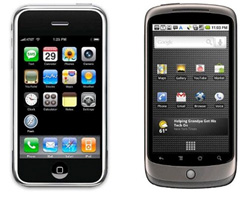VoIP Softphone Shootout for iPhone, iPad, & iPod Touch
Today we review four of the world’s best VoIP softphones for use with the iPhone, iPad, and iPod Touch. Included in our roundup are Acrobits SIP Softphone, the WiFone from Snizmo.com, the Media5-fone, and Counterpath’s new Bria softphone.



